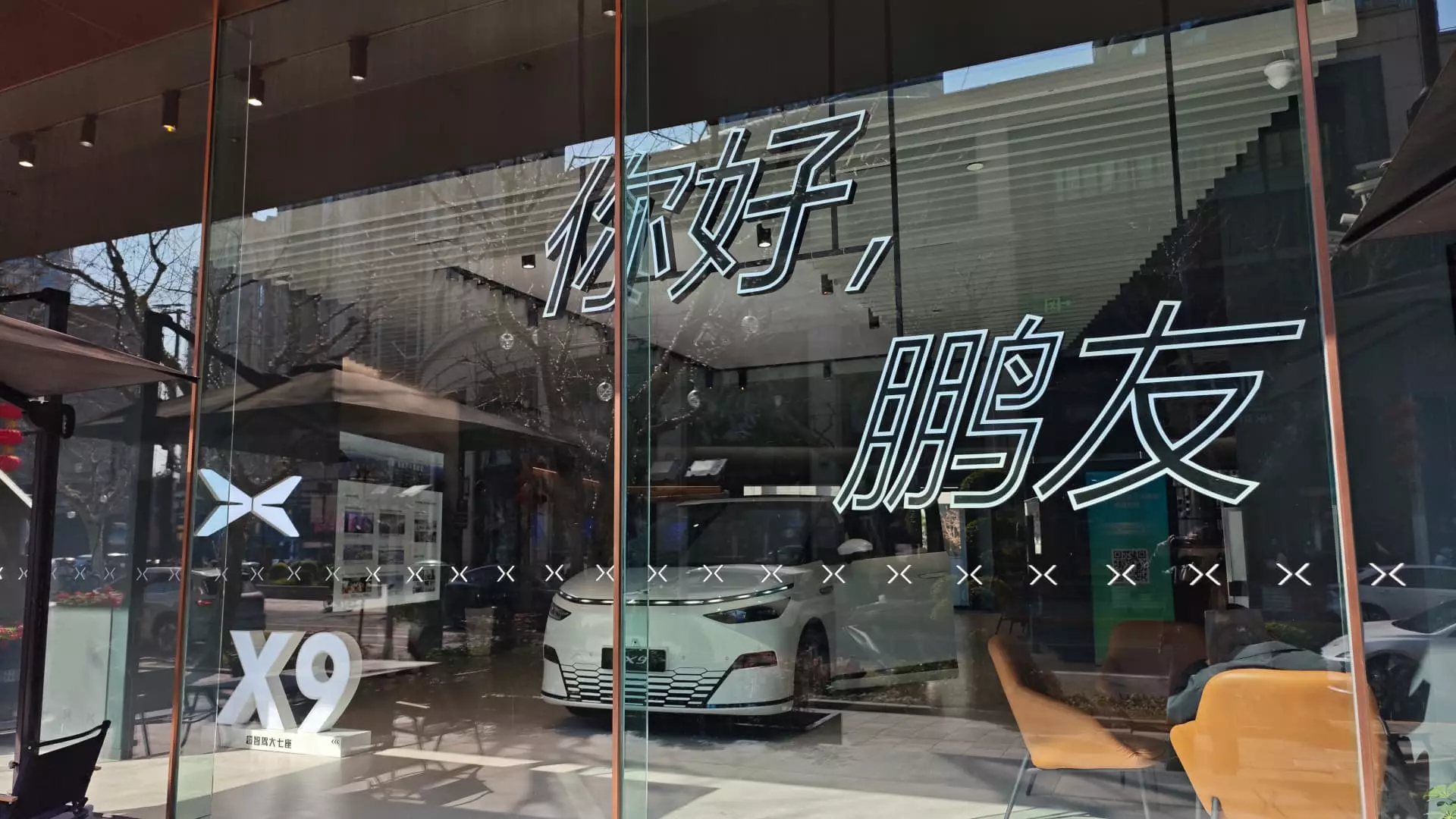China’s electric vehicle (EV) market continues to evolve, showcasing a dynamic landscape shaped by varying consumer preferences, aggressive strategy shifts, and the relentless pursuit of technological advancement. Notably, the month of February witnessed a series of pivotal movements across several prominent players in the sector, including Xpeng, Xiaomi, and BYD. By analyzing these changes, we can glean insights into the current state of the market and speculate on future trends.
Xpeng Motors, a prominent Chinese electric car manufacturer, has proven its mettle in a sluggish automotive market. In February, the company achieved impressive delivery figures, surpassing 30,000 vehicles for the fourth consecutive month. This milestone is primarily attributed to the success of its latest mass-market model, the Mona, which alone accounted for over 15,000 units sold. Such consistent demand for the Mona M03 indicates not only that affordability plays a critical role but also that Xpeng’s strategy of introducing advanced driver-assist features resonates with the tech-savvy consumer base.
A noteworthy point is that the sales figures reflect a broader trend in the EV sector, where consumers actively seek vehicles that balance price and technology. Despite the typical seasonal downturn due to the Lunar New Year celebrations, Xpeng’s robust delivery numbers signal a resilient consumer appetite that bodes well for the company amid an increasingly competitive environment.
The competitive terrain of China’s automotive market is intensified by traditional car manufacturers aggressively cutting prices and launching new technologically-advanced vehicles. For instance, Xiaomi, primarily known for its smartphones, has stepped into the EV arena effectively, delivering over 20,000 electric cars in February. The company’s strategic decision to slash the starting price of its luxury sedan, the SU7 Ultra, from 814,900 yuan ($111,878) to 529,900 yuan ($72,750) aims to stimulate demand amid rising competition. Analysts note that consumer interest in Xiaomi’s vehicles appears promising, compounded by favorable pre-order figures.
On the flip side, BYD, another industry giant, reported a slight increase in new energy vehicle sales to 318,233 units in February. The brand’s aggressive push to integrate driver-assist technologies—thanks to recent collaborations with DeepSeek for AI enhancements—underlines the necessity for automakers to bolster their technological offerings to capture consumer interest.
While Xpeng and Xiaomi exhibit robust growth performance, the landscape is not uniformly bright. Several established EV brands such as Li Auto and Nio have experienced declines in delivery. Li Auto’s figures fell from 29,927 units in January to 26,263 in February, despite maintaining a niche advantage with its hybrid models. Similarly, Nio’s deliveries slipped slightly to 13,192 units, leading the company to implement a new five-year, 0% interest financing plan aimed at rekindling consumer interest and bolstering sales figures.
The challenges faced by these established brands highlight the volatile nature of the EV market in China. Consumer preferences are shifting rapidly, favoring not only price competitiveness but also the integration of the latest technologies. As such, maintaining relevance necessitates proactive strategy adjustments, particularly in launching innovative models that cater to the evolving demands of the market.
The electric vehicle landscape in China is poised for continuous transformation as automakers navigate both challenges and opportunities in a highly fragmented market. Nomura analysts predict that Xpeng’s forthcoming models could sustain its positive momentum, while lesser-performing brands must innovate quickly to keep pace with consumer expectations.
As the market matures, collaboration between tech firms and auto manufacturers may become increasingly important to differentiate offerings in an increasingly crowded space. The competition will likely intensify, pushing manufacturers to innovate, reduce operational costs, and create engaging customer experiences.
Overall, while challenges abound, the electric vehicle sector in China remains a dynamic field filled with possibilities. Future growth will depend on how well these companies adapt to consumer needs and external market pressures.

